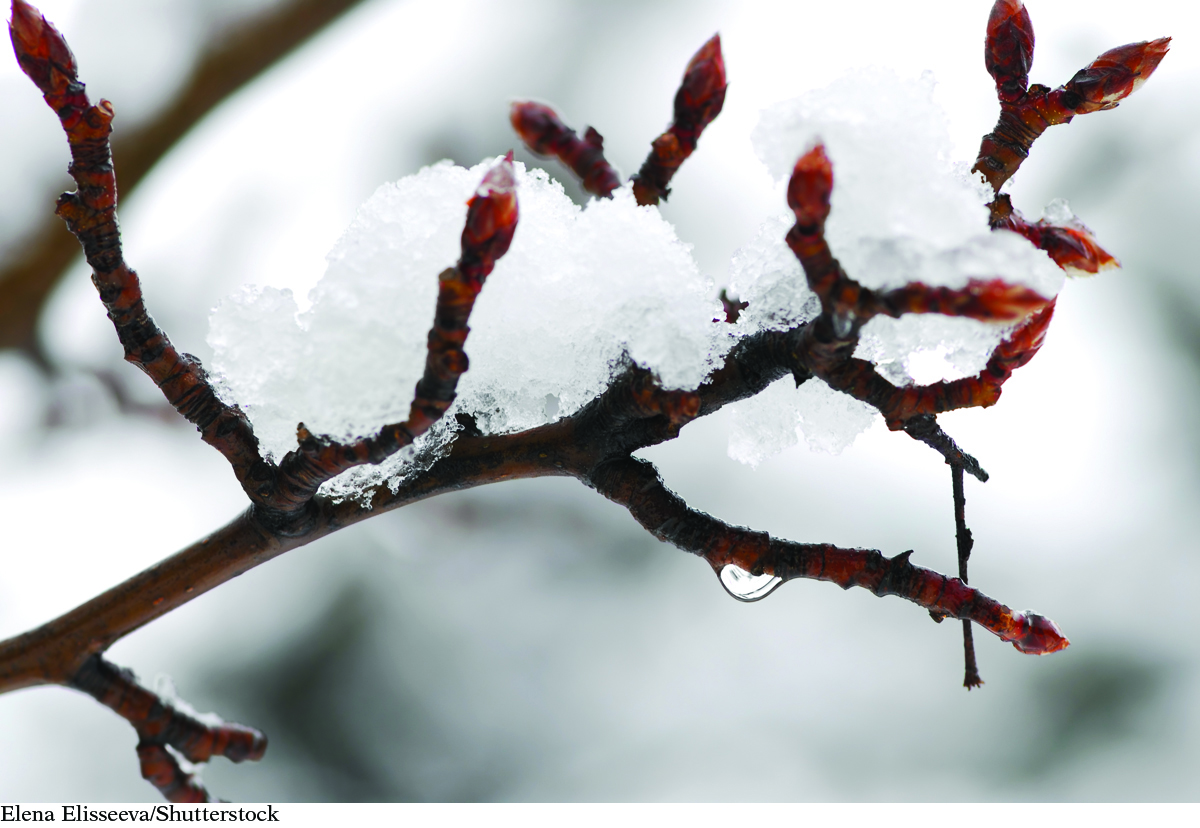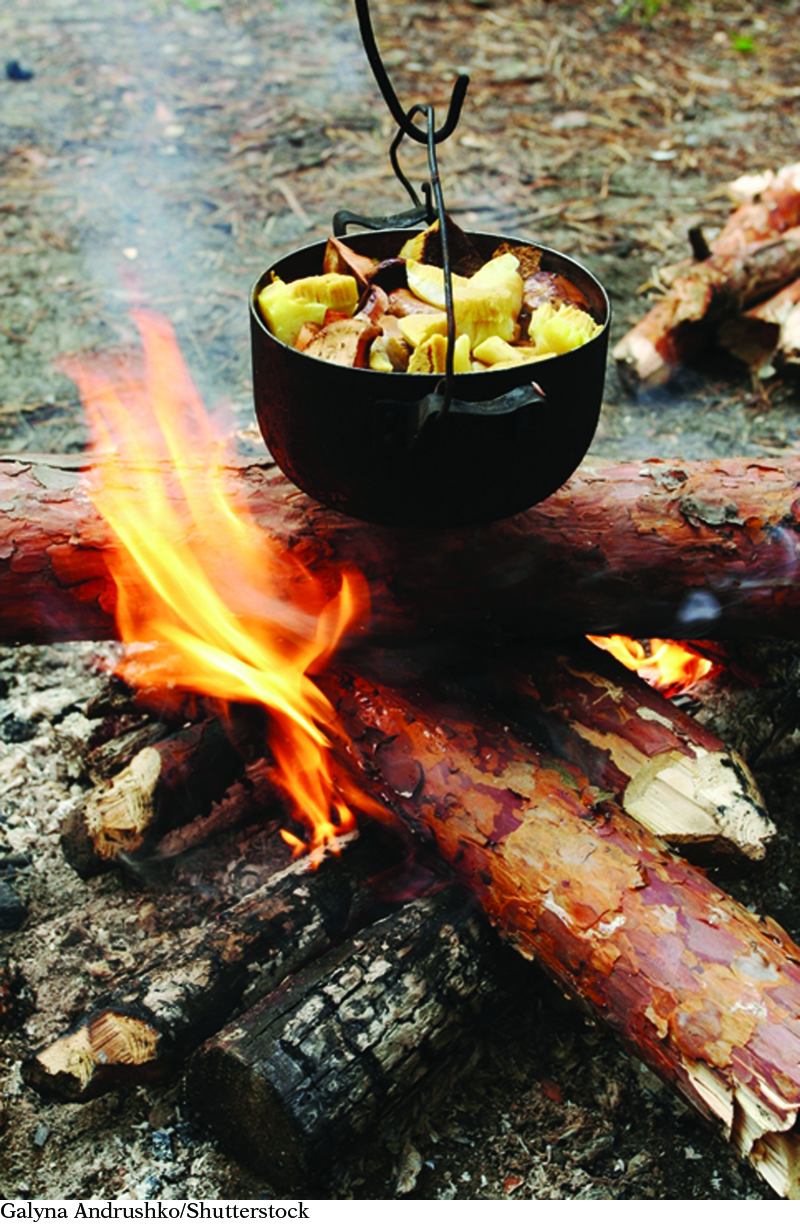Chapter 18 Summary
509

CHAPTER 18
Observing Energy
SUMMARY
KEY TERMS
energy
exothermic
heat
system
surroundings
endothermic
kinetic energy
thermal equilibrium
first law of thermodynamics
second law of thermodynamics
entropy
thermal energy
calorie
specific heat capacity
hydrogen bond
heat of vaporization
heat of fusion
Fire Update
Energy and heat can be difficult to define. However, one thing is certain: Whenever matter changes in any way, energy is involved. Here are some generalizations about heat:

Fire is an exothermic chemical change. Fire releases energy in the form of heat and light.
Heat is a transfer of thermal energy. Heat always transfers from a system at a high temperature to a system at a lower temperature until both systems are at thermal equilibrium.
In an endothermic reaction, energy is transferred from the surroundings to the system. An ice pack feels cold because your body transfers heat to the pack.
The energy transferred by heating does not always result in temperature change. Some of that energy goes into breaking intermolecular attractions during phase change.
A metal pot will heat up and cool off more quickly than the water inside the pot. This is because different substances have different specific heat capacities.
REVIEW EXERCISES
Question 18.1
1. Provide evidence to support the first and second laws of thermodynamics.
Question 18.2
2. Why is it possible to touch a piece of aluminum foil shortly after it has been removed from a hot oven, but a piece of hot cheese pizza can burn you long after it has been removed?
Question 18.3
3. Thermal energy is transferred to raise the temperature of several substances as specified here. List the substances in order of increasing amount of energy that needs to be transferred. Show your work by determining the number of calories of energy transferred.
Raise the temperature of 20 g of water by 25 ºC.
Raise the temperature of 200 g of copper by 50 ºC.
Raise the temperature of 20 g of methanol by 40 ºC.
Question 18.4
4. An ice cube tray can make 16 ice cubes. Each mold is filled with 25 mL of water, and the ice cube tray is placed in the freezer.
As the water is freezing, is energy transferred from the freezer to the water, or from the water to the freezer? Draw a diagram of this scenario with an arrow showing the direction of heat transfer.
Would the freezing of the water in the tray be considered endothermic or exothermic for the ice cube?
Based upon your answer to part a, calculate the amount of heat transfer needed to freeze one ice cube.
Based upon your answer to part a, calculate the amount of heat transfer needed to freeze all the ice cubes in the tray.
510
Question 18.5
5. A 5 kg iron pot is filled with 500 mL of water, placed on the stove, and the unit is turned on. After three minutes have passed, the temperature of the iron pot has increased from 25 ºC to 150 ºC.
How much heat was transferred to the pot?
After three minutes, would you expect the water in the pot to be the same temperature as the iron pot? Or hotter or colder than the iron pot? Why?
Question 18.6
6. A 30.4 g copper coin is heated to 400 ºC with a Bunsen burner and then dropped into a beaker containing 100 mL of water at 25 ºC, room temperature. The water absorbs 1000 cal of heat when this happens.
What is the final temperature of the water in the beaker?
Based upon your answer to part a, what will be the final temperature of the coin?
What is the specific heat of the copper coin?
Question 18.7
7. If 70 g of hot water at 85 ºC are poured into 50 g of cold water at 18 ºC, what is the temperature of the water mixture after it has come to thermal equilibrium?
Question 18.8
8. A 50.0 g sample of pure water is heated from 10 ºC to 120 ºC.
Draw and label a heating curve that represents the different stages of this process.
If the specific heat capacity is 0.49 cal/g · ºC for ice, 1.0 cal/g · ºC for liquid water, and 0.50 cal/g · ºC for steam, how much energy is added to a 50.0 g sample of water to raise its temperature from 10 ºC to 120 ºC?
Use the heating curve and your calculations to determine which part of the process requires the most heat transfer. Explain your reasoning.